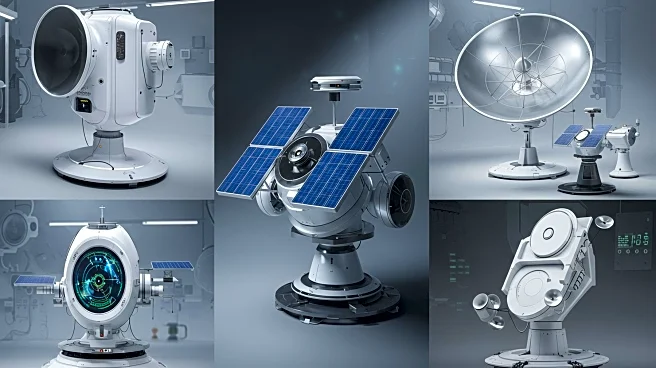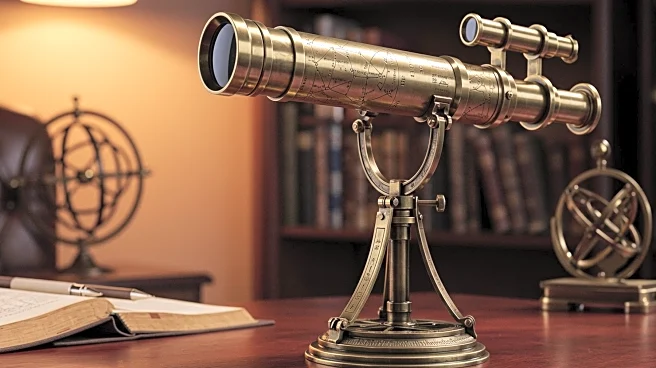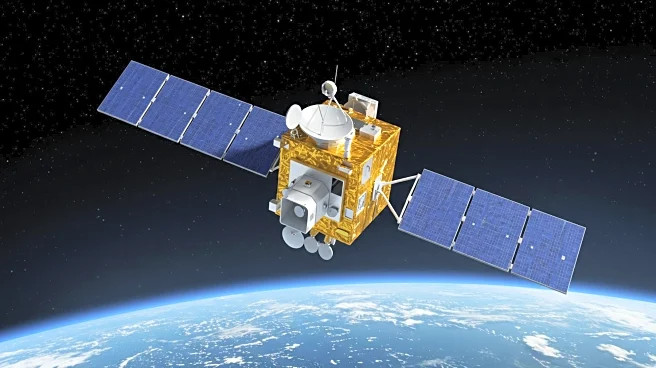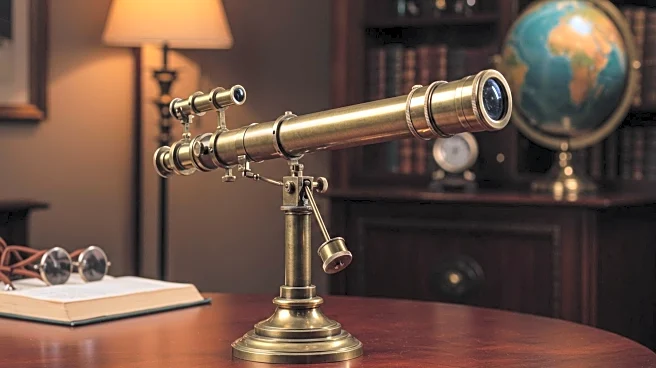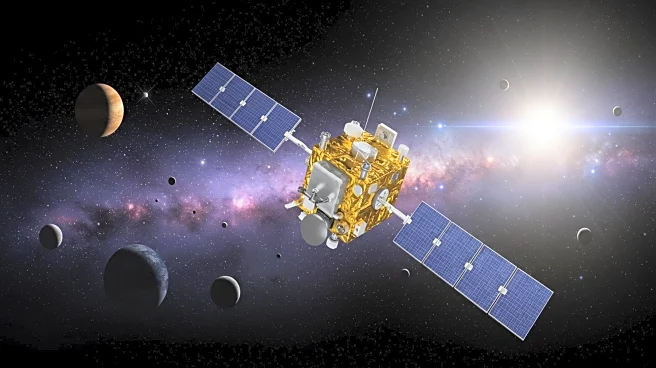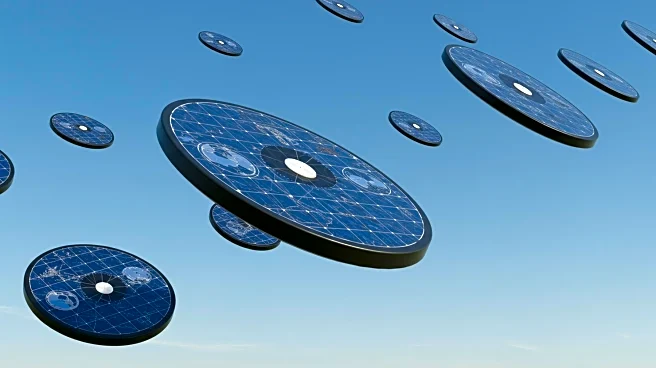What's Happening?
Researchers have tested self-lofting devices propelled by sunlight in near-vacuum conditions, simulating Earth's upper atmosphere. These devices utilize photophoresis, a phenomenon where temperature differences across a thin membrane create motion. The experiment demonstrated that tiny membranes made of aluminum oxide and chromium can float in a vacuum chamber when exposed to light. This technology could enable precise data collection from the 'ignorosphere,' a region of the atmosphere that is difficult to study due to its altitude.
Why It's Important?
The ability to explore the ignorosphere could significantly enhance our understanding of atmospheric processes and improve climate models. This region plays a crucial role in geomagnetic storms and auroral phenomena, impacting power grids and satellite operations. By obtaining accurate data on winds, temperatures, and pressures, scientists can refine predictions related to space weather and climate change. The technology also holds potential for applications beyond Earth, such as studying Mars' atmosphere or providing communication services.
What's Next?
Researchers aim to improve the material and structure of the membranes to decrease their weight, allowing for larger devices capable of carrying sensors and antennae. The devices could be released from stratospheric balloons and self-propel to higher altitudes, remaining in the upper atmosphere during daylight. The development of this technology could lead to commercial applications, with potential uses in atmospheric research and communication networks.
